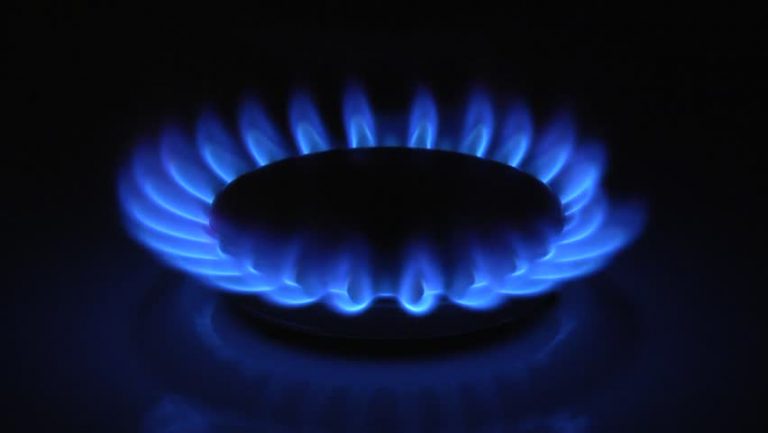Pipeline 101: Construction
The fourth installment of our Pipeline 101 series covers the construction process. As with all aspects of pipeline projects, construction is very intricate and detail-oriented. Once the extensive approval process is complete, construction may begin. During construction, oversight and safety are key. Every pipeline is divided into multiple smaller segments, called “spreads.” Each spread has a project supervisor overseeing that part of the line. Highly skilled contractors receive dozens of hours of training and safety techniques before setting foot on a worksite.
There are three main processes by which a pipeline is installed. These three processes are open-cut trench excavation, horizontal directional drilling (HDD), and road boring. Each process has experts who are experienced and ready to navigate any potential issue.
Throughout the whole process, safety is the main focus. From the welding and pipeline installation, to the special coding in the valve installation process, all pipelines are subjected to careful inspection and testing to verify their integrity and compliance with all regulatory standards. Energy companies understand the importance of a safe pipeline to ensure successful operations. To learn more about the construction process, check out this short video.


